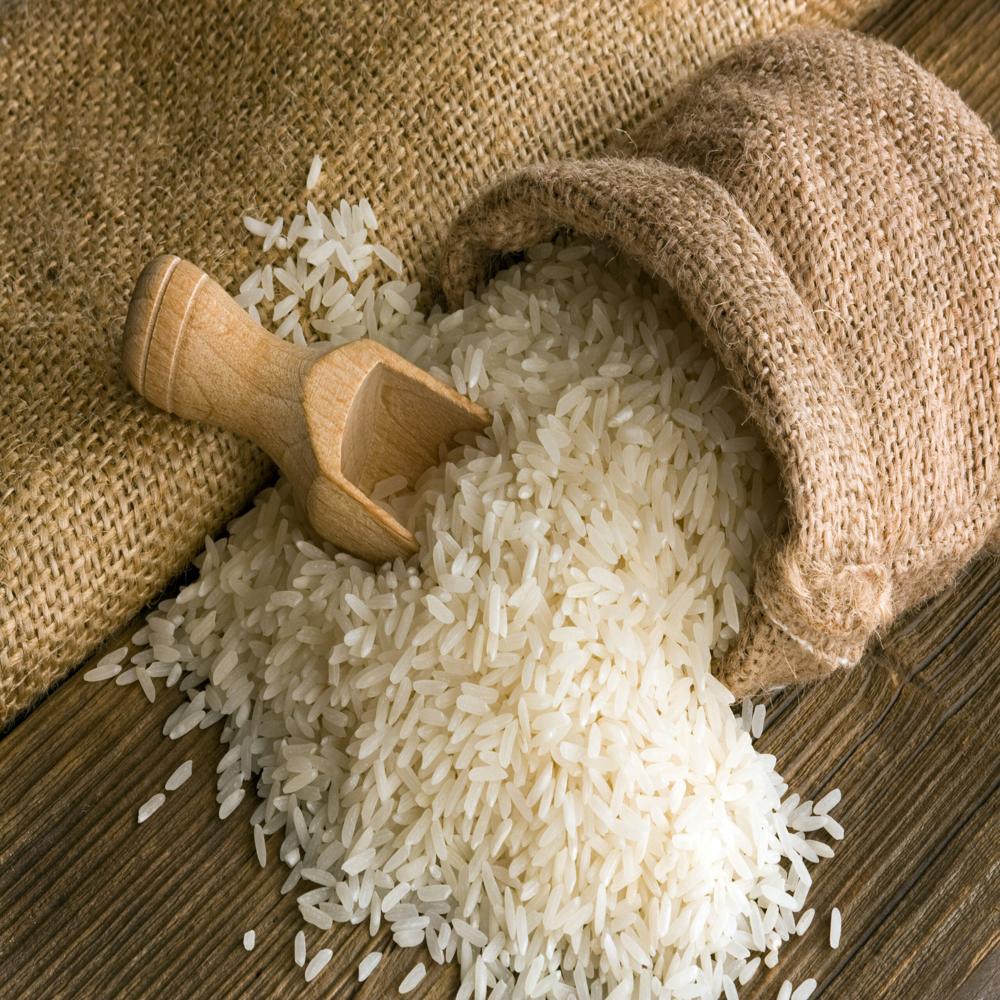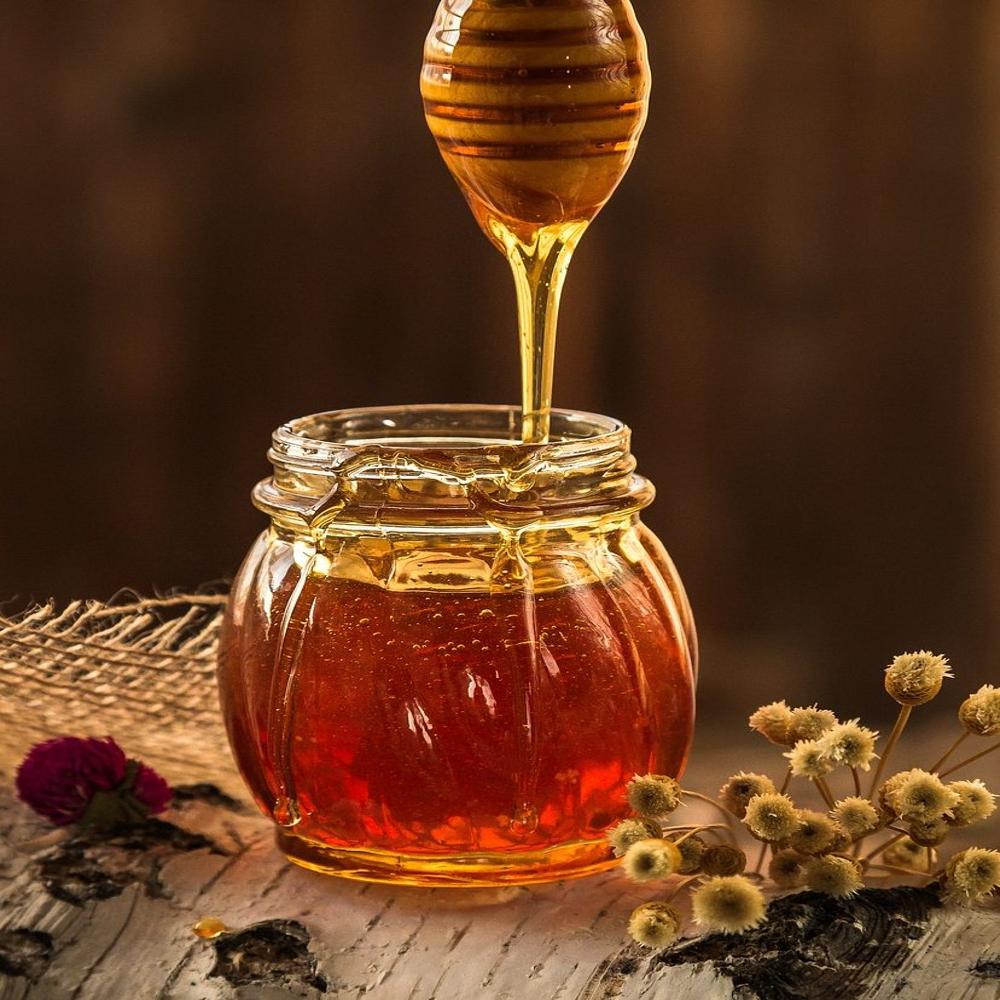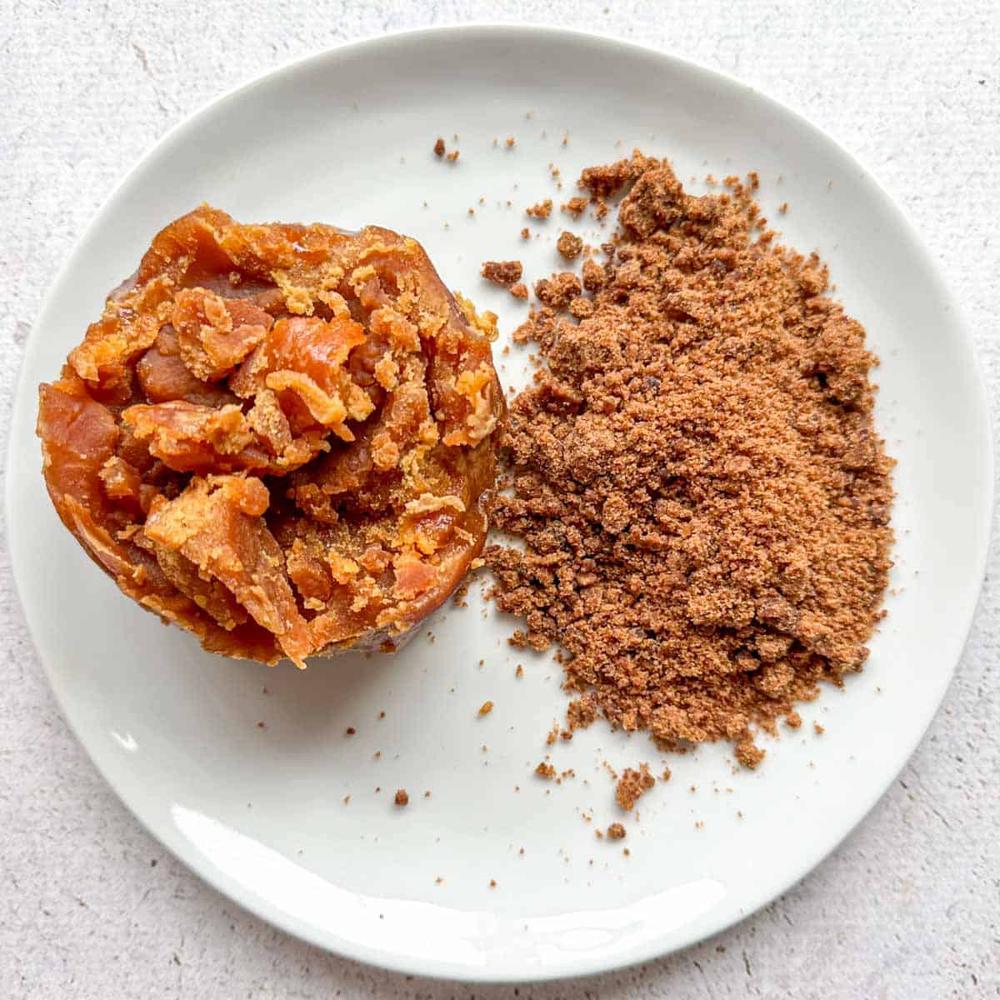Rice
Price 10.0 INR/ Kilograms
Rice Trade Information
- Minimum Order Quantity
- 10 Kilograms
- Supply Ability
- 1000 Kilograms Per Week
- Delivery Time
- 10 Week
About Rice
Rice is one of the most widely consumed staple foods in the world, feeding more than half of the global population. It is a cereal grain derived from the seed of the Oryza sativa (Asian rice) or Oryza glaberrima (African rice) plant and is cultivated in a wide variety of climates, primarily in Asia, Africa, and parts of the Americas. Rice is a key component of countless traditional diets and cuisines, from Indian biryani to Chinese fried rice, Japanese sushi, and Italian risotto.
Rice comes in many forms, including white rice, brown rice, basmati, jasmine, parboiled, black rice, and wild rice, each with unique flavor, texture, aroma, and nutritional properties. While white rice is polished and has a soft, mild taste, brown rice retains the bran and germ layers, offering higher fiber, vitamins, and minerals.
Nutritionally, rice is a rich source of carbohydrates, providing a quick and accessible energy source. It is also gluten-free, making it an ideal grain for people with gluten intolerance or celiac disease. Brown and whole grain rice varieties are higher in fiber and beneficial for heart health and digestion.
Beyond consumption, rice holds cultural, economic, and symbolic significance in many societies. It plays a major role in traditional festivals, rituals, and agricultural economies, especially in countries like India, China, Japan, Thailand, and Indonesia.
With increasing global demand, rice farming continues to evolve with sustainable agricultural practices, water conservation methods, and organic cultivation gaining prominence.


Price:
- 50
- 100
- 200
- 250
- 500
- 1000+
 Send Inquiry
Send Inquiry





